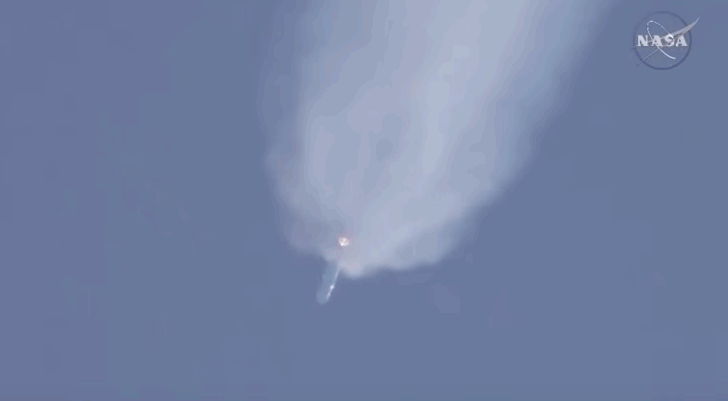After breaking free from a faulty strut, a helium tank shot up through the liquid oxygen core of the SpaceX Falcon 9 rocket, ultimately causing it to explode just minutes into the June 28 launch.
The Falcon 9 was filled with two tons of food, water, and supplies that were intended for the crew of International Space Station.
SpaceX founder, Elon Musk stated that a two-foot-long steel strut designed to anchor the high pressure helium tank inside of the liquid oxygen tank broke at approximately 2,000 pounds of force, despite being certified to 10,000 pounds and having flown successfully through previous launches.
Helium is typically used in space shuttles and rockets as an ullage mechanism to maintain balance and pressure inside fuel tanks. Helium, however, is non-explosive and non-flammable, so it was not the actual contents of the helium tank that blew up.
When the strut gave way, the buoyant helium tank shot to the top of the denser liquid oxygen atmosphere within the larger upper stage tank. That caused the release of a significant amount of helium from the helium tank into the liquid oxygen tank, leading to the “high pressure event” that ultimately forced the rocket to blow its walls and disintegrate back down to Earth.
SpaceX was founded in 2002 with the ultimate goal of putting humans on Mars. It had flown 19 successful missions prior to the Falcon 9 explosion.
Source: space.com, NASA


